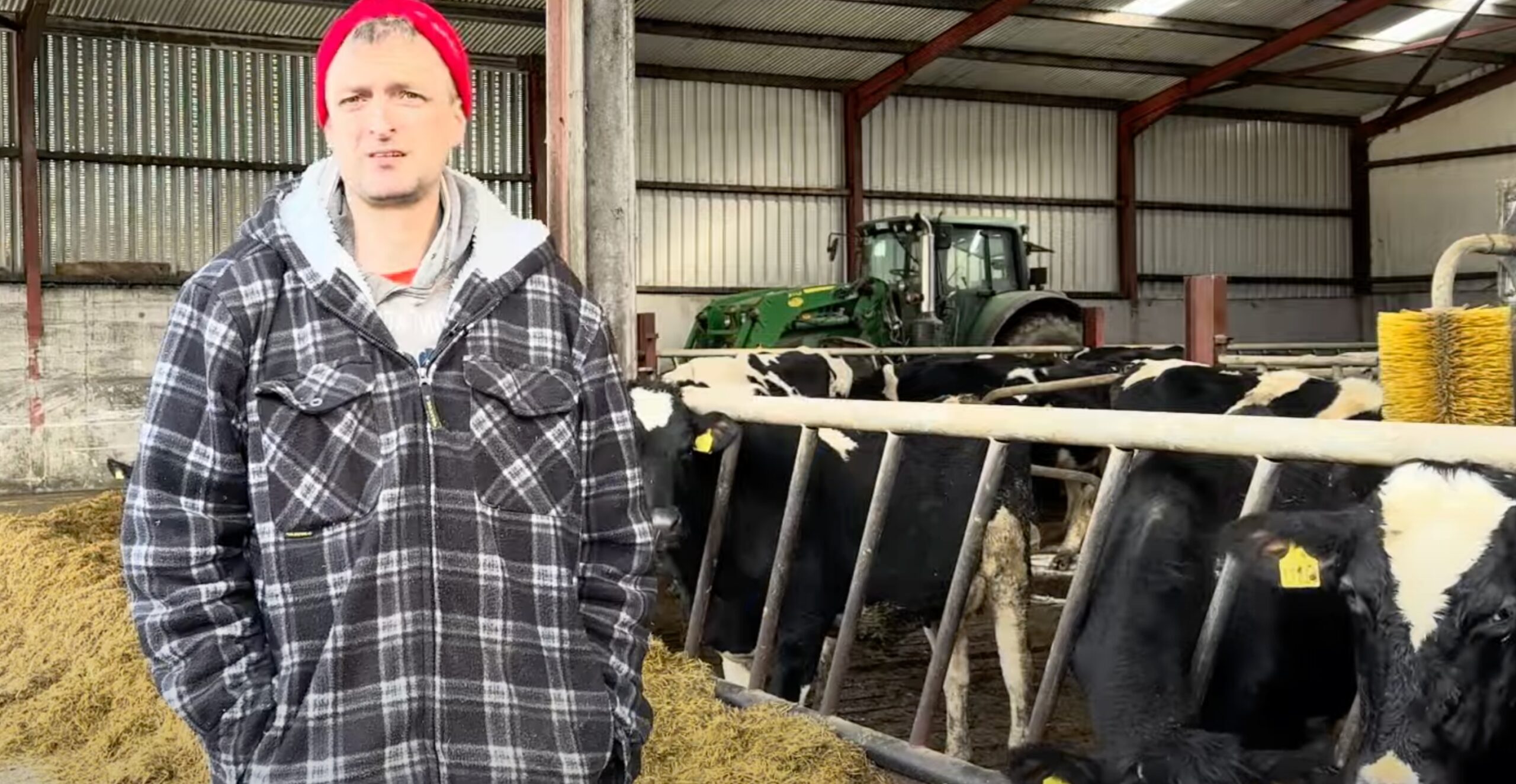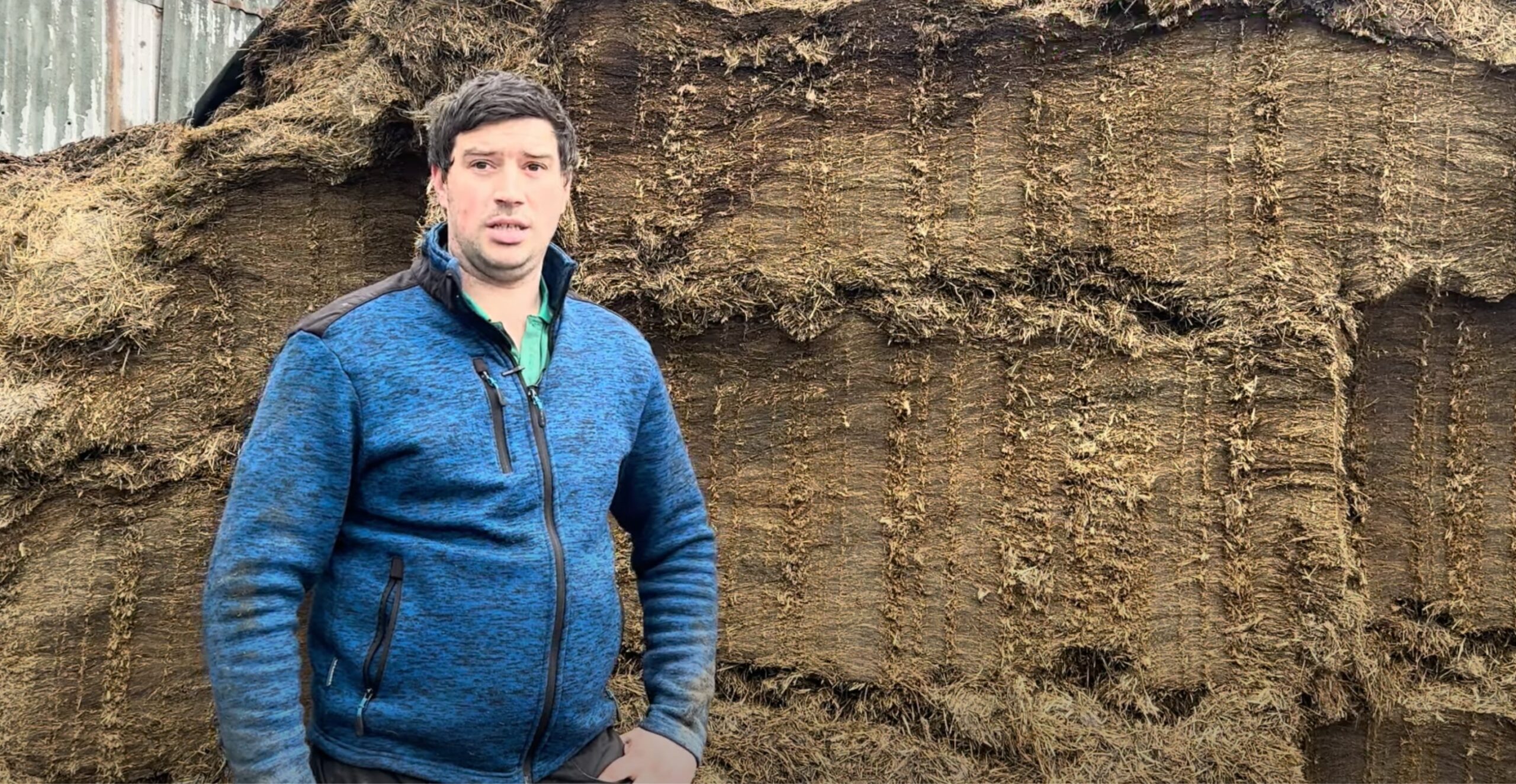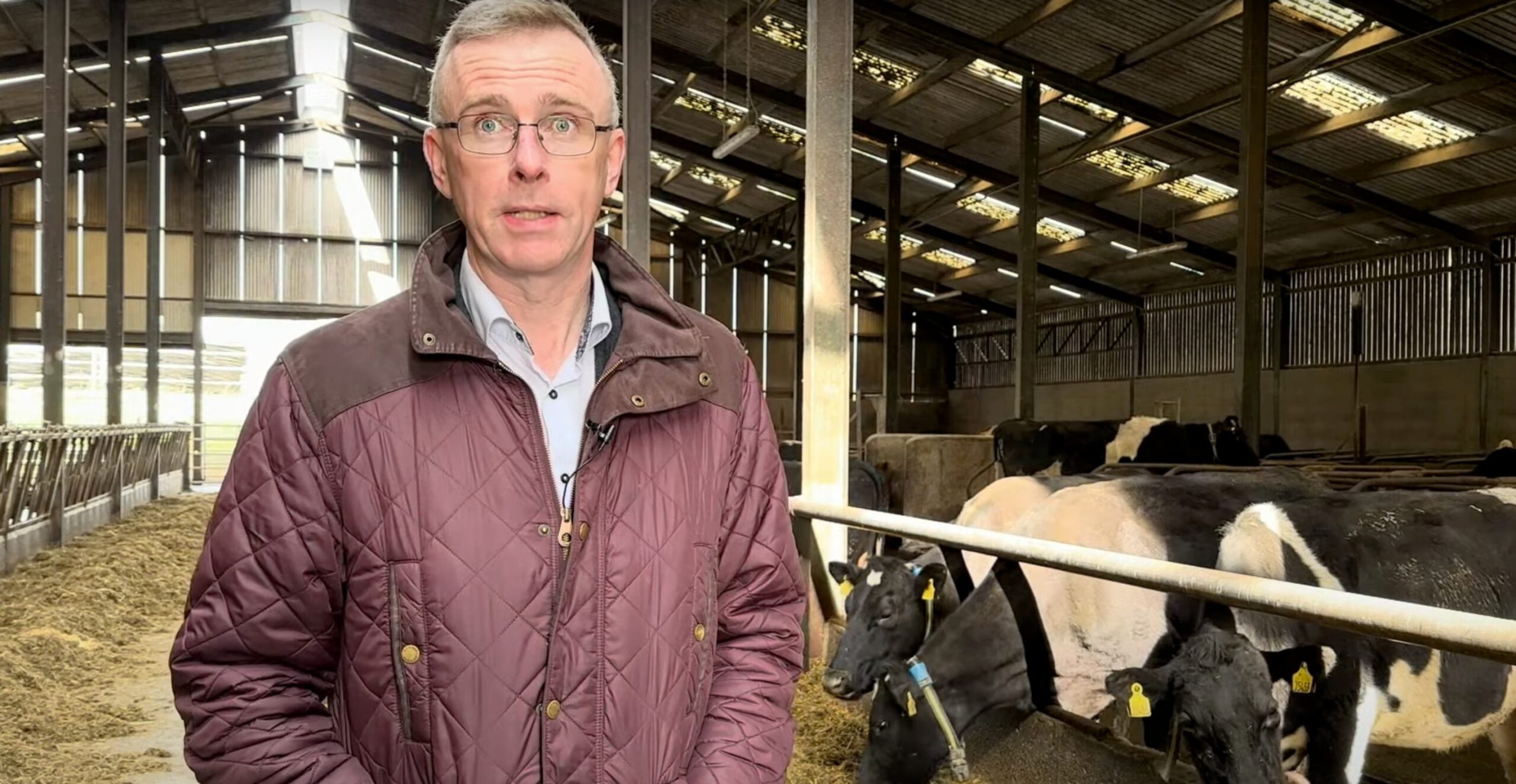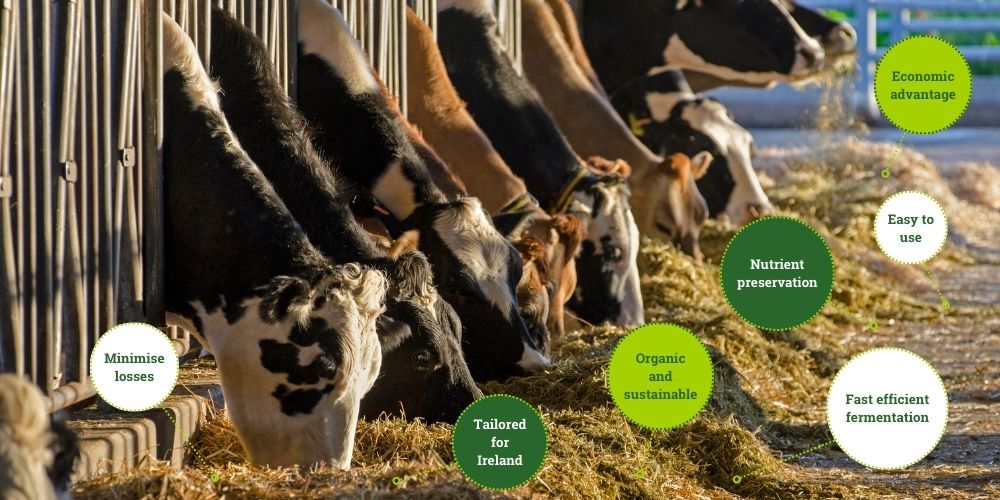Comparing Ensiling Additive Types
Live Homofermentative Bacteria (Precision Microbes)
The best solution. They produce twice as much lactic acid and as a result reduce the pH rapidly. Due to the rapid pH reduction, test have proven that greater levels of DM and crude protein are retained in the feed. They offer great mould protection and post feeding results include improved milk production, daily gain and feed efficiency.
Live Heterofermentative Bacteria
Effective in pH control but produce a mix of lactic and acetic acids, potentially affecting feed taste. Good for mould control, yet they lack the significant post-feeding benefits seen with homofermentative bacteria.
Freeze Dried Lactic Acid Bacteria (LAB)
Need pre-use hydration and are slower to act, offering limited mould prevention and minimal post-feeding advantages. Their slower start-up makes them a less optimal choice for quick and effective silage preservation.
Ensiling Acids
Quickly lower pH and prevent mould but require careful dosage based on forage moisture,bincreasing cost and complexity. While effective in immediate pH reduction, they do not contribute to the nutritional or productive benefits post-feeding.






